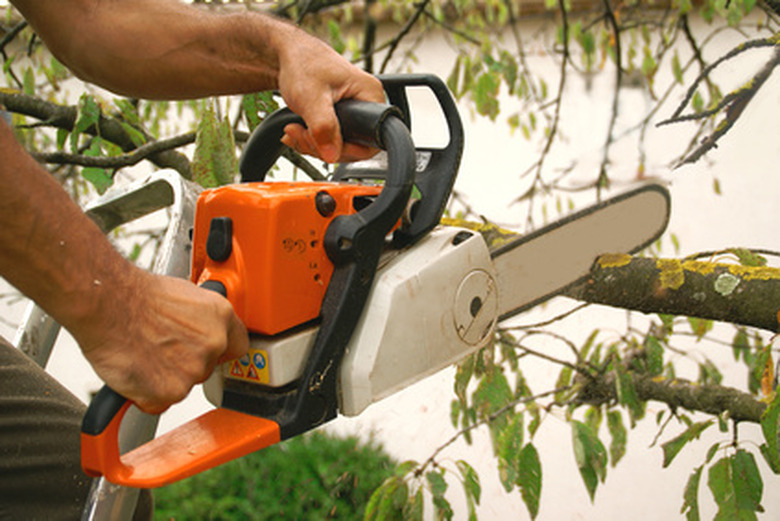When To Prune The Linden Tree?
With attractive foliage and branching structure, linden trees (Tilia spp.) are among the most widely used shade or hedgerow trees across temperate zones. Europeans tend to call them lindens or lime trees, while Americans refer to them frequently as basswoods. Lindens rarely need pruning, but occasional trimming to remove dead or problematic branches is warranted. The ideal time for pruning is late winter to early spring when the trees are dormant, but before leaves appear.
Time Frame
Lindens grow in cold winter climates and go dormant yearly. The ideal pruning time is during the dormancy, but depending on region, you don't want to prune during the coldest part of winter. Time maintenance pruning tasks from late winter to early spring. Dead, diseased or broken branches may be pruned away any time of year. If new growth after initial pruning is too thick or troublesome, a second trimming to shape the linden may be done in early to midsummer. Do not prune after midsummer into the fall.
What to Prune
Wide-angled branch crotches are strongest structurally. When the linden is dormant, you have unobstructed view of the tree's framework. Remove branches with crotches that are less than 30 degrees. If it's a fork, choose the straighter branch and remove the other to eliminate the acute crotch connection. Also trim out branches and twigs that grow toward the shaded center of the tree canopy. These inward branches block airflow and sunlight from reaching healthy leaves in the bottom of the tree.
Geographical Considerations
Of the roughly 30 to 40 species of linden trees, each demonstrates varying survivability to winter cold. In general, lindens grow in U.S. Department of Agriculture plant hardiness zones 3 through 9a. Latitude and elevation determines precise timing of the ideal pruning time of late winter to early spring. The guiding rule is prune when dormant, but prior to buds swelling and new leaves appearing in springtime. For example, in Atlanta, pruning must be done before leaves emerge in late March to early April. In Minneapolis, leaves don't emerge on lindens until early to mid May.
Pruning Insight
Clean, sharp blades on pruning implements make the pruning job easier and healthier for trees. For branches less than 3/4 inch in diameter, a hand pruners suffices. On larger branches, use a loppers or pruning saw. Many gardeners simply prune linden trees to maintain their natural form and silhouette. Lindens also are grown as hedgerows, especially in Europe. Pruning the trees into straight-walled screens is called pleaching. Pleaching calls for shear-like pruning twice a year: once in late winter and again in midsummer to maintain the formal shape of the hedgerow.
References
- "A-Z Encyclopedia of Garden Plants"; Christopher Brickell and H. Marc Cathey, eds.; 2004

